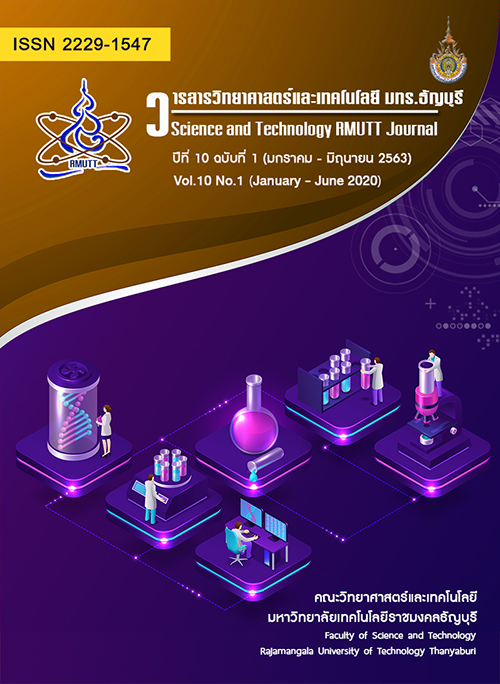Machine Learning Apply for Financial Credit Approval to Filter Selected Customer in Domain Specific Bank
Main Article Content
Abstract
The objective of cooperative society is to support finance for members. A cooperative provides privilege of products and financial credit for members. The approval of the limit of financial credit is very complex condition. A recommending system can help cooperative officials to collect customer’s profile and financial status to predict the limit of member’s credit. The objective of the proposed research is to filter selected customer group for financial credit approval using data mining techniques. The dataset in the research with case study has 500 records used for preprocess transferring format into a categorization status value (CSV) file using WEKA program. The dataset is divided into 2 sets. First set is a training set used for creating model and the second set is a test set for evaluation model. For research methodology, the preprocessed data is a process using techniques of data cleaning to prepare data into suitable form before testing. The process of the research uses a data analysis technique which is Cross-Industry Standard Process for Data Mining (CRISP-DM). The experimental result is shown that accuracy value is 96.5517% with ADTree algorithm. The comparison between performance of algorithm are found that ADTree Algorithm and LMT Algorithm in test option, training set, shows maximum F-Measure 97.7% Precision 100% and Recall 95.5%. The proposed research is shown that the system can support cooperative officials to recommend the limit of financial credit for cooperative members in high quality.
Article Details
References
Gordon SL, Michael J.AB. Data Mining Techniques for Marketing, Sales and Customer Relationship Management, 3rd ed. Wiley Publishing: 2001.
Dina TS, Amir A, Olfat S. Studying Combined Breast Cancer biomarkers using Machine Learning Techniques. SAMI. 2016; 247-251.
Niketa G, Leisa A. Applying Data Mining Techniques to Predict Yield of Rice in Humid Subtropical Climatic Zone of India. INDIACom.2016; 1901-1906.
Hamed J, Seyed JM, Ali H. Evaluation and Analysis of Popular Decision Tree Algorithms for Annoying Advertisement Website Classification. CSNT.2015; 1025-1029.
Taghi MK, Robert H. A Tree-Based Classification Model for Analysis of a Military Software System. High-Assurance Systems Engineering Workshop. 1996; 244-251.
Eakasit P. An Introduction to Data Mining Techniques. 1st ed. Bangkok: Asia Digital Press Co.,Ltd; 2014.
Colin S. The CRISP-DM model: The new blueprint for data mining. Journal of Data Warehousing, 5(4), 13-22, 2000.
Jiawei H, Micheline K, Jian P. Data Mining: Concepts and Techniques, 3rd ed. MA: Morgan Kaufmann Publishers; 2012.
Moneyhub. [online] Source: https://moneyhub.in.th
Limited Credit Approval. [online] source https://masii.co.th/
Decision Tree Algorithm. [online] source https://en.wikipedia.org
E. Szczerbicki, Management of Complexity and Information Flow in Agile Manufacturing: The 21st Century Competitive Strategy, 20
Machine Learning Group at the University of Waikato, New Zeland. WEKA.
Freund Y, Mason L. The alternating decision tree learning algorithm. In Proceeding of the Sixteenth International Conference on Machine Learning, Bled, Slovenia.1999; 124-133.
Niels L, Mark H, Eibe F. Functional Trees. Logistic Model Trees. 2005.
Ross Q. C4.5: Programs for Machine Learning. San Mateo, CA:Morgan Kaufmann Publishers;1993.
Gaganjot K, Amit C, Improved J48 Classification Algorithm for the Prediction of Diabetes, International Journal of Computer Applications 98(22), July 2014. 0975 – 8887.
Niels L, Mark H, Eibe F. Logistic Model Trees. Machine Learning. 2005; 95 (1-2) : 161-205.






